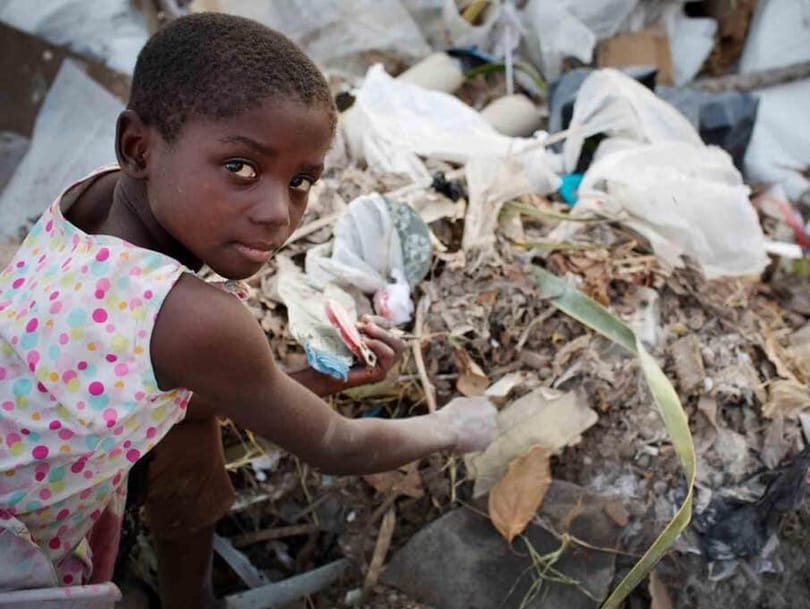According to a new report released by the Bank World on Wednesday, extreme poverty will become almost exclusively an African phenomenon, with 90 percent of the world’s poor projected to live on the continent by 2030.
Over 416 million Africans – 40% of the continent’s population, lived on less than $1.90 per day in 2015, the report says. That will go up 55 percent by 2030 unless drastic action is taken, the bank warned.
The rate of poverty reduction in Africa “slowed substantially” after the collapse in commodity prices that started in 2014. It resulted in negative gross domestic product growth on a per capita basis.
“As countries in other regions continue to make progress in poverty reduction, forecasts suggest that poverty will soon become a predominantly African phenomenon.”
Data showed that government debt increased to 55 percent of GDP in 2018, from 36 percent in 2013 due to a lack of fiscal consolidation after countries tried to counter the effects of the global financial crisis by boosting spending. About 46 percent of African countries were in debt distress or considered to be high risk in 2018 compared with 22 percent five years earlier.
“Given the limited scope for redistribution and transfers to raise the incomes of the poor in most African countries, the focus should be squarely on raising their labor productivity, that is what it will take to increase their earnings in self-employment or wage employment,” World Bank said.
It has lowered its economic growth forecast for sub-Saharan Africa to 2.6 percent, down from its April projection of 2.8 percent.
According to the report, global uncertainty is taking a toll on growth well beyond Africa, and real GDP growth is also expected to slow significantly in other emerging and developing regions. The Middle East, North Africa, Latin America, the Caribbean, and South Asia regions are expected to see even larger downward revisions in their growth forecasts than in Sub-Saharan Africa for 2019.
IHE Ị GA-Ewepụ na edemede a:
- “Given the limited scope for redistribution and transfers to raise the incomes of the poor in most African countries, the focus should be squarely on raising their labor productivity, that is what it will take to increase their earnings in self-employment or wage employment,” World Bank said.
- Data showed that government debt increased to 55 percent of GDP in 2018, from 36 percent in 2013 due to a lack of fiscal consolidation after countries tried to counter the effects of the global financial crisis by boosting spending.
- According to a new report released by the World Bank on Wednesday, extreme poverty will become almost exclusively an African phenomenon, with 90 percent of the world's poor projected to live on the continent by 2030.























